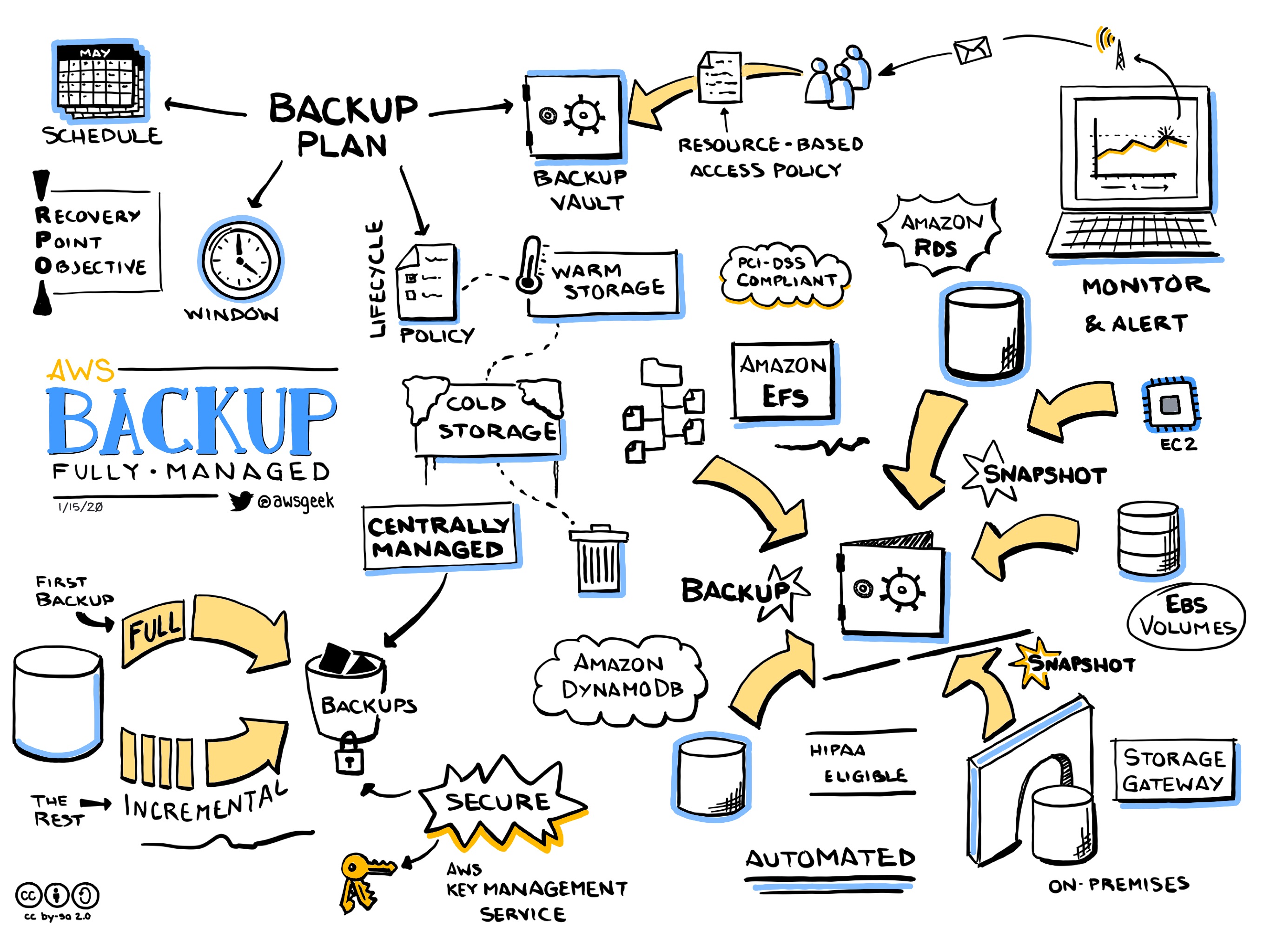
AWS Backup is a fully managed, centralized backup service designed to simplify the process of data protection across AWS services and hybrid infrastructures. It addresses the complex needs of professional developers and IT administrators by automating and centralizing the backup management process. This service is crucial for organizations that prioritize data integrity, security, and compliance, offering a scalable solution to manage backups efficiently.
Use Cases
AWS Backup caters to a variety of use cases including disaster recovery, compliance, and long-term data retention. By offering consistent backup solutions across multiple AWS services such as Amazon EC2, Amazon RDS, Amazon DynamoDB, and Amazon EFS, users can execute cross-service backup strategies. It enables compliance with industry standards by automating data protection, supporting granular recovery, and providing audit trails. Furthermore, AWS Backup can manage on-premises data backups through the hybrid architecture using AWS Storage Gateway, allowing integration with existing on-premises IT infrastructures.
Pricing
AWS Backup pricing is based on the storage and resources consumed along with the API requests made. Users pay for the data stored in the backup vault, with costs varying according to the region. Additionally, there are charges for restore requests and cross-region backup transfers. Data transfer within the same region is free, but cross-region or cross-account transfers incur additional costs. It is pivotal for developers and administrators to assess their backup needs and adjust their configurations to optimize cost efficiency, making use of AWS Cost Explorer.
Scalability
Designed for scalability, AWS Backup supports the growing needs of enterprises. It facilitates backing up vast amounts of data without manual intervention as it integrates seamlessly with existing AWS services. By using policies and schedules, organizations can scale their operations efficiently. AWS also ensures high throughput and low latency for backup operations, offering a reliable solution as workloads scale. This makes AWS Backup an ideal choice for businesses of all sizes, from startups to large enterprises.
Availability
AWS Backup provides high availability by leveraging multiple AWS regions and Availability Zones. It facilitates cross-region backups, ensuring that data can be restored even if a regional failure occurs. This redundancy ensures that data is not only backed up but is also resilient to failures. The service enables users to restore data with near-instantaneous access times, minimizing downtime. Additionally, regular backup jobs can be scheduled, monitored, and managed centrally, ensuring data recovery readiness in critical situations.
Security
Security is a crucial aspect of AWS Backup, offering end-to-end encryption both in transit and at rest. Users can utilize AWS Key Management Service (KMS) to manage encryption keys, providing full control over data access. Backup activity can be logged using AWS CloudTrail, ensuring compliance and auditability. The service is designed to meet compliance requirements like GDPR, HIPAA, and PCI DSS. Access to AWS Backup can be restricted and managed via AWS Identity and Access Management (IAM) policies, ensuring that only authorized personnel can execute backup and restore operations.
Competition
Competitive offerings are available from other cloud service providers. Alibaba Cloud Hybrid Backup Recovery is an automated and centralized backup service for cloud and on-premises environments, focusing on simplicity and integration with Alibaba Cloud services. Google Cloud Backup and DR offers a unified service for backup and disaster recovery, integrating with Google Cloud’s storage and compute services to manage data resilience effectively. Azure Backup by Microsoft provides scalable solutions for protecting and restoring data in Microsoft Azure environments, primarily focusing on integration with other Microsoft services and robust recovery options.
AWS Backup continues to evolve, providing robust data protection to meet the dynamic needs of modern IT environments. By focusing on automation, security, and scalability, it remains a top choice for seamless backup management.
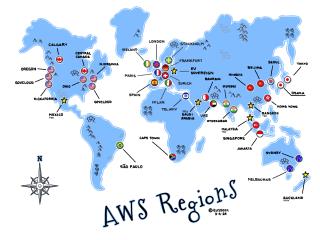 AWS Regions
AWS Regions
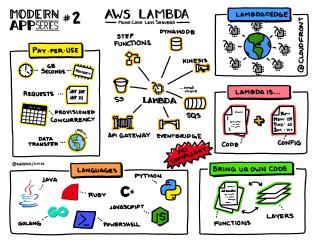 AWS Lambda
AWS Lambda
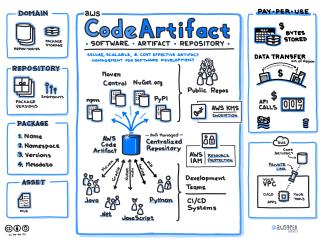 AWS CodeArtifact
AWS CodeArtifact
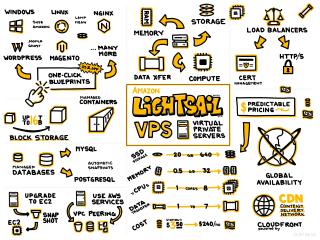 Amazon Lightsail
Amazon Lightsail